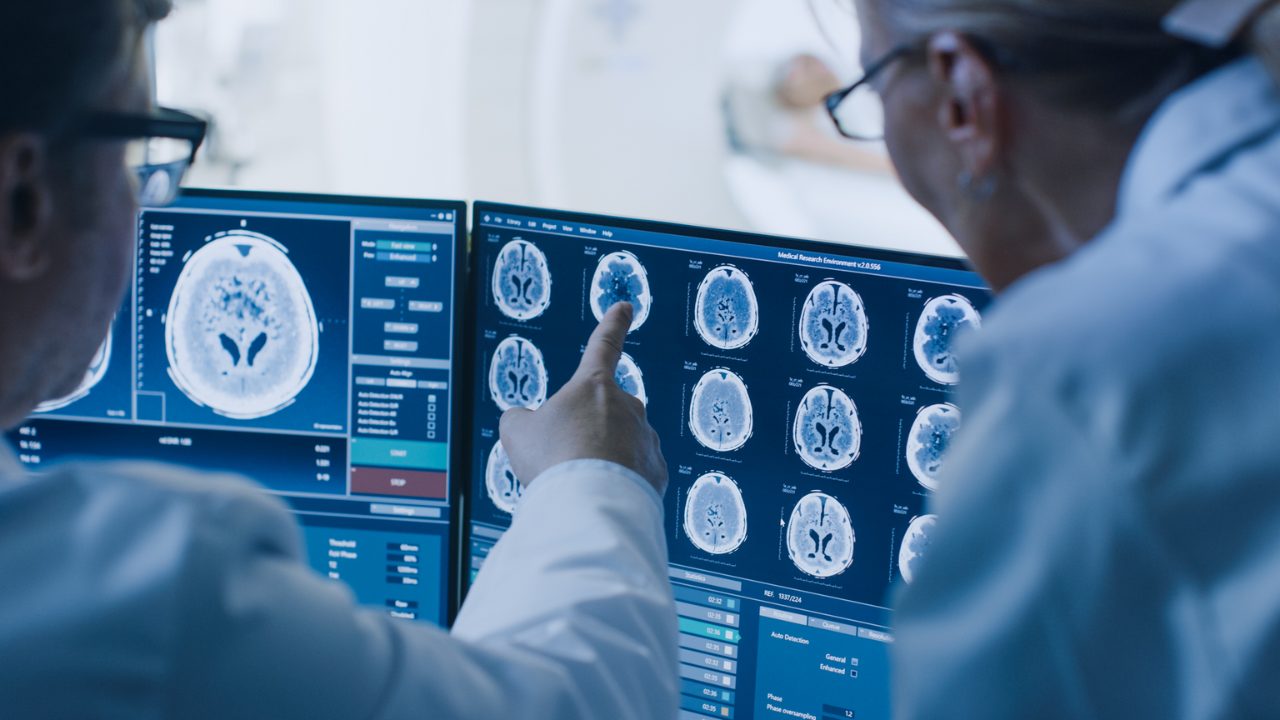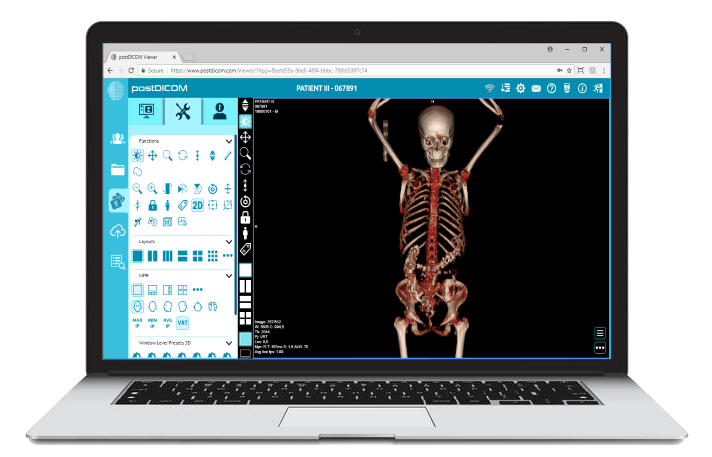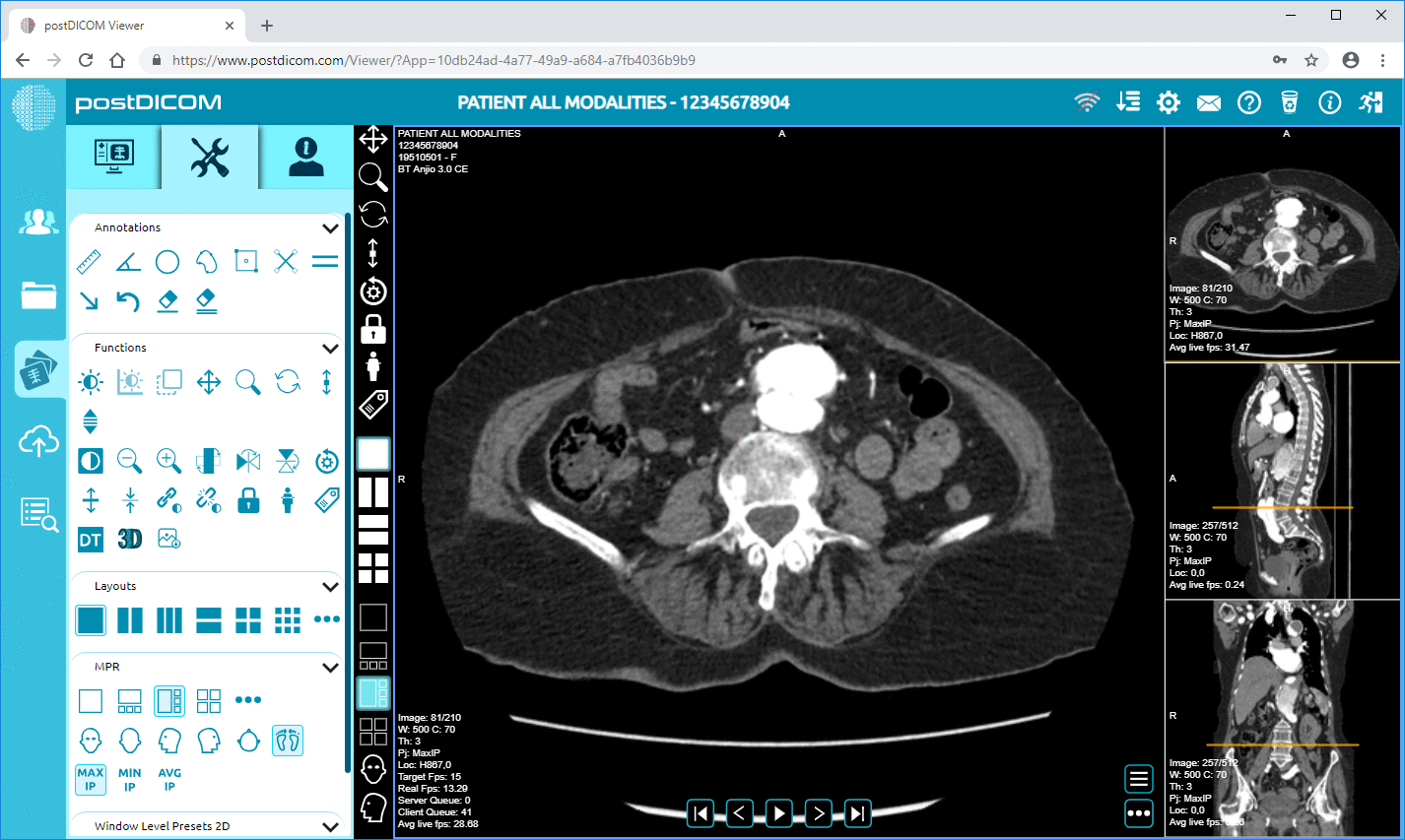
DICOM (Digital Imaging and Communications in Medicine) files don’t just contain pixel data from CT scans, MRIs, and X-rays—they also include patient identifiers such as name, date of birth, medical record number, and other personal health information.
This is where anonymization becomes essential. Whether you're involved in clinical research, teaching, or even collaborating with external medical institutions, it's critical to remove identifiable data from these files before sharing or analyzing them. It’s not just about best practices—it’s about complying with privacy laws, protecting patient dignity, and maintaining professional integrity.
In this blog, we’ll dive into why anonymizing DICOM data is important, what features to look for in a tool, and highlight the best free DICOM anonymization tools available today. Plus, we’ll explore a hybrid solution, PostDICOM, for those looking to balance affordability with enterprise-level security.
You can't talk about anonymization without talking about compliance. Regulations like the Health Insurance Portability and Accountability Act (HIPAA) in the United States and the General Data Protection Regulation (GDPR) in Europe set clear expectations about protecting personal health information. Failing to anonymize DICOM files before external use can result in massive fines, legal consequences, and a severe loss of public trust.
But this isn't just a checkbox exercise. Ethically, healthcare professionals are bound to respect patient confidentiality. Medical images may be used years later in a research study or lecture. If any identifiable information remains, it violates the individual’s right to privacy.
In several everyday scenarios, anonymizing DICOM data isn’t just helpful—it’s absolutely necessary. Researchers often rely on anonymized imaging datasets to conduct studies or publish findings. Universities and teaching hospitals use real-life scans to train the next generation of doctors. Even diagnostic centers working with outside vendors or telehealth services must share images securely and ethically.
Not all anonymization tools are created equal. Some are designed for tech-savvy users who love command-line automation, while others are better suited for educators or clinicians looking for a simple interface. Regardless of your experience level, here are some core features to keep an eye out for:
A good tool should allow batch anonymization, especially if you're working with dozens—or even hundreds—of scans. It should also offer customizable tag editing so you can decide exactly which patient identifiers to strip or retain. Compliance with DICOM standards is non-negotiable, and if you're operating in a clinical environment, you might also need an audit trail or log file to track what was anonymized and when.
Finally, consider how easily the tool integrates into your workflow. A GUI-based application may be sufficient if you're running a small clinic. But a command-line or scriptable solution might be more efficient if you're processing data at scale.
Let’s review three of the best free tools for different types of users, from small teams to hardcore researchers.
DICOMCleaner is one of the most accessible free anonymization tools available. Created by PixelMed Publishing, it offers an intuitive desktop interface where users can drag and drop DICOM files, review metadata, and remove sensitive tags. You can anonymize files in batches and selectively edit or preserve specific fields.
One of DICOMCleaner’s best features is its visual and user-friendly design. That makes it a top pick for small clinics, educators, and individuals who prefer manual control over anonymization.
On the downside, it’s a desktop-only tool, which limits scalability. It also lacks automation options, making it less ideal for organizations regularly processing large volumes of images.
GDCM, or Grassroots DICOM, might be your tool of choice if you're more technically inclined. It’s an open-source C++ library with command-line tools, including one specifically for anonymization. You can build scripts to automate large-scale processing, and because it’s so lightweight and flexible, it’s a favorite among researchers and developers.
However, the trade-off is complexity. GDCM has a learning curve and isn’t ideal for beginners or anyone looking for a drag-and-drop experience.
That said, if you're in academia or building a custom image-processing pipeline, GDCM provides impressive control. Professionals have discussed it extensively on platforms like ResearchGate, where researchers often share scripts and customization tips.
DicomBrowser, developed by the Neuroinformatics Research Group, offers a middle ground between a GUI-based and script-friendly approach. It was designed with researchers in mind and supports anonymization templates, tag visualization, and even DICOM data inspection before removal.
The biggest perk here is previewing what data you're removing—an essential feature for data-sensitive projects. But while it’s powerful, it’s not actively maintained, and the interface feels a bit dated. If you're using the latest DICOM versions or looking for a polished UI, this might feel limiting.
Still, for academic institutions and research teams looking for a free, research-oriented GUI, DicomBrowser is worth a look.
 - Presented by PostDICOM.jpg)
Let’s be honest—free tools come with a catch. While they’re excellent for getting started or handling occasional anonymization, they may fall short in clinical environments or large-scale operations.
Many open-source or free tools don’t receive regular updates. That means they can become incompatible with newer DICOM standards over time, putting your organization at risk. Some tools lack audit trails or advanced access controls, essential if you handle PHI (Protected Health Information) in a regulated setting.
Plus, if you're sharing images with referring physicians, vendors, or patients, you’ll likely want features like secure cloud storage, encrypted transfers, and workflow integration—capabilities most free tools simply don’t offer.
Yes, but you must verify that the tool meets the regulatory requirements for your region. Always double-check anonymization settings and test output before use.
Anonymization removes all identifiers permanently, making it impossible to trace back to the patient. De-identification may allow re-linking via a code or key.
Most free tools do not. However, solutions like PostDICOM offer seamless integration, especially for cloud-based workflows.
Use DICOM tag viewers to inspect metadata after anonymization. Many tools, including DICOMCleaner and DicomBrowser, allow tag preview before finalizing the process.
Anonymizing DICOM data is more than a compliance checkbox—it’s a practice rooted in ethical responsibility and professional integrity. Whether you’re educating the next generation of healthcare professionals or collaborating across institutions, ensuring patient privacy should never be optional.
Free anonymization tools like DICOMCleaner, GDCM, and DicomBrowser offer solid functionality for a range of users. But they aren’t perfect. As your needs evolve—especially in clinical or enterprise settings—exploring scalable, compliant, and secure alternatives is smart.
Ready to experience a more professional imaging solution? Book a free trial today and explore a platform designed to streamline medical imaging, data sharing, and secure storage—all in one place.


|
Cloud PACS and Online DICOM ViewerUpload DICOM images and clinical documents to PostDICOM servers. Store, view, collaborate, and share your medical imaging files. |